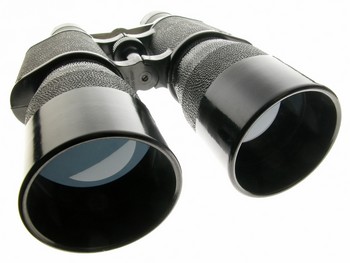Following on the Richard William's book and DVD set, he stresses the need for animators to be able to draw. He suggests that attending life drawing classes gave him a much better understanding of anatomy, as well as proper weighting and proportion.
I thought I would follow this advice and decided to investigate a local life drawing organisation and have been to a couple of sessions. I felt that this was a good move and I enjoyed the experience. I have done life drawing during about 10 years ago so am familiar with the set up. I plan on attending these classes every week, the next session being Wednesday the 22nd of June.
Whilst I am doing this, I have also been looking into some more details of my final projects. My proposed idea was to look into 'emotion in animation, using games as a source of reference'.
I have been looking at developing my skills in the animation package Maya and will be looking into using items such as the Graph Editor and Trax Editor as well as exploring the Human IK solution, which is new in Maya 2012.
Ideas include developing a series on injury walk cycles as well as attacks and death sequences. A great outcome of this could be to be able to blend them together in Maya, but these are a few ideas at this stage. I feel that this could be a good way to go as it will allow me to demonstrate emotion in the face and body.
I have developed this walk cycle. It is pretty basic, but it does use the Graph Editor in places and is merely a test to try and use the types of tools needed. This was done in 3ds Max, but I plan to move onto Maya shortly.




